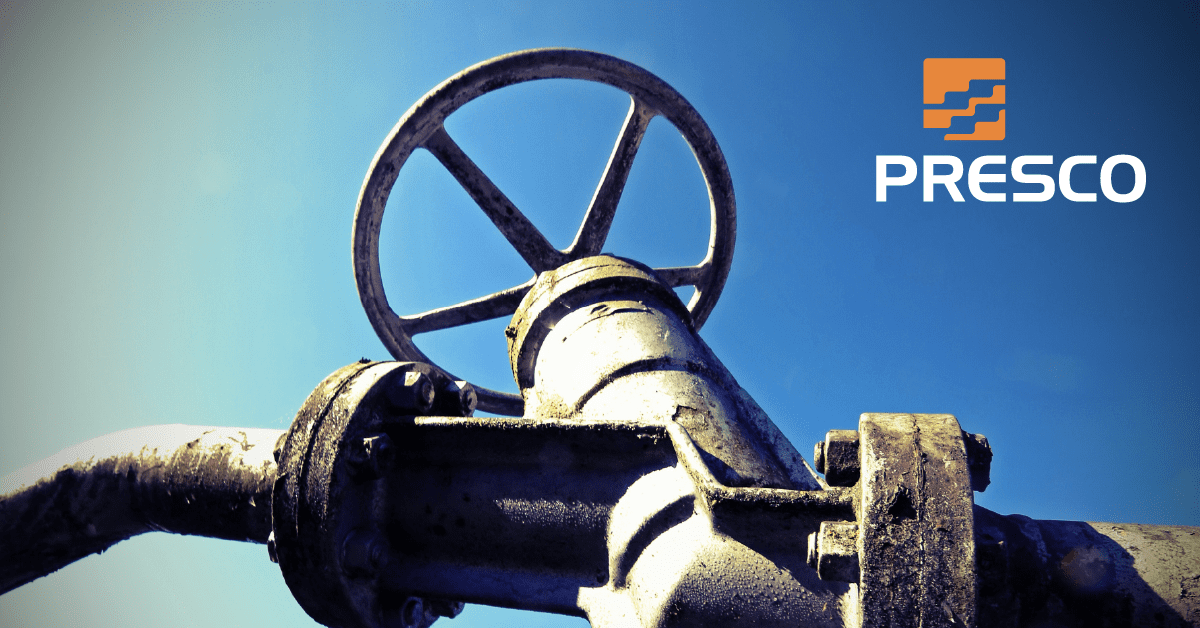
According to a report conducted by Global Water Intelligence, there are more than 50,000 water utilities in the US. Above that, two or three levels of regional, state, and federal strategic or regulatory authority. Of that ever-expanding number, 2.1 trillion gallons of purified drinking water is lost each year due to broken water mains, cracked pipes, and defective meters, to name a few. However, some of these risks can be mitigated when proper safety marking products are utilized to help construction crews and utility specialists navigate the fragile world of underground infrastructures.
What are “accidental dig-ins?”
Accidental dig-ins happen when contractors unintentionally strike pipelines underneath the ground during construction activities. According to a report published by the Common Ground Alliance, it is estimated that there were 532,000 excavation-related damages to underground utilities in 2019, which was a 4.5 percent increase from 2018’s figures. Of those figures’ waterlines were the 4th most commonly damaged facility on the list.
How to prevent underground waterline damages
Whether you are a homeowner, construction industry employee, or utility company, critical steps need to be taken before any excavation should occur. Here are a few ways to avoid accidental dig-ins:
Call 811– 811 is a resource used across the Nation to ensure that underground infrastructures are not damaged. Whether you are planting a tree or putting in a pool, 811 should always be contacted so that they can have the proper utility companies come out and adequately mark all underground facilities.
Know how to identify underground safety markers– Understanding the different types of underground markers is an essential element in avoiding underground utility lines. Here are a few safety marking products worth tossing into your knowledge bank for future reference:
Marking Flags– These are one of the MOST visible ways of locating underground infrastructures. There are a variety of colors, materials, and staff sizes used to identify the different underground lines, for instance:
Blue– Potable Water
Purple– Reclaimed Water
Green– Sewer and drain lines
White– Proposed excavation
Pink– Temporary survey markings
Red– Electric, power lines, conduit, and lighting cables
Yellow– Gas, oil, steam
Orange– Communication cables, alarm lines, and conduit
Underground detectable tapes– These detectable underground tapes are permanently imprinted with black ink and made from durable laminate construction that can be easily detected with a non-ferrous locating device. Construction crews and utility companies typically bury these tapes several inches beside and above the actual underground line so that when excavators dig, they know precisely where these critical lines are buried.
Underground non-detectable tapes– Much like detectable tapes, these long-lasting, highly visible, and heavy metal-free polyethylene non-detectable tapes are buried above the underground infrastructure and color-coded according to the APWA color code index just like marking flags.
Marking whiskers– These virtually indestructible and APWA color-coded marking whiskers are incredibly durable and conveniently pop right back up after being run over by lawnmowers and other heavy equipment. These are a phenomenal alternative to marking flags when you need a product that is in a high-traffic construction area or communities with frequent lawn maintenance.
Marking Paint- This is a safety marking product that is recognized globally and has a multitude of uses. The primary advantage of using marking paint for identifying underground water lines and other utilities is that it is easily accessible, comes in various colors, and is a temporary marking solution.
Knowledge is power, and helping the community understand the necessary measures it takes to stay safe is of great importance to us at Presco. Damaged underground infrastructures can cause mass havoc to neighborhoods and cities waterlines, so we urge you to remain cautious and always dial 811 before you dig.
